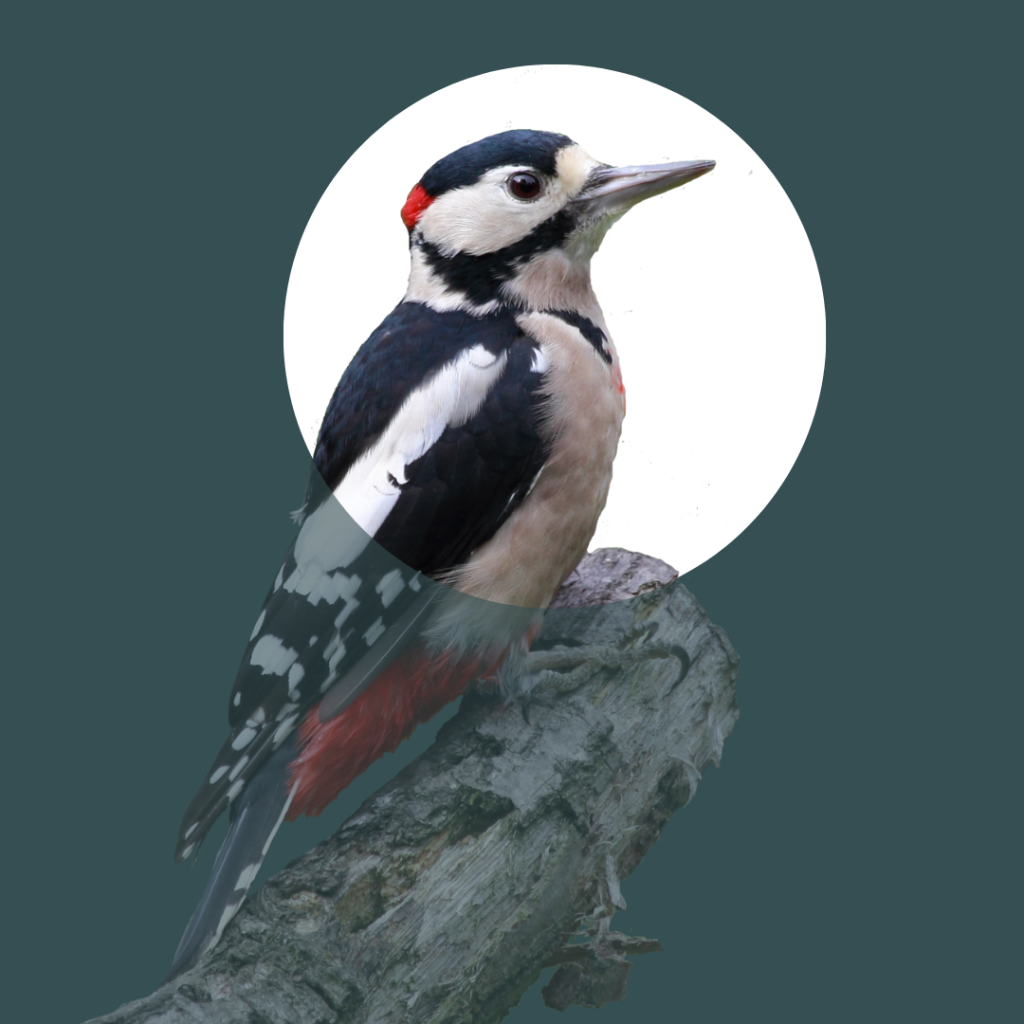With new technology becoming more available as a tool for ecologists and landowners, here we discuss when is it best for acoustic / bioacoustic monitoring and traditional survey methodologies to play a role in our bird survey planning?
Birds are fascinating species, and importantly also serve as indicator species due to their varied habitats, diets, and behaviours that make them sensitive to environmental changes. By monitoring bird populations and behaviour, we can obtain valuable information about the state of the ecosystem and predict potential ecological shifts. The presence and changes of population in species can tell us about changes to the environment, habitats and other species groups.
The importance of ornithological surveys in monitoring biodiversity and assessing the health of ecosystems cannot be overstated. Traditional methodologies – direct visual observations and point counts – have for decades been the primary means of obtaining bird population data. However, these techniques, while valuable, often fall short in accuracy due to environmental constraints, observer bias, species detectability, and the changing behaviour of birds due to the presence of humans. Technological alternatives such as bioacoustic monitoring can be a complementary approach that leverages the acoustic behaviours of birds to measure their presence, distribution, behaviour and populations.
Traditional Methods
Bioacoustics should not be considered a replacement for traditional survey techniques, but rather a complementary approach. Direct observation and point counts are valuable for their qualitative aspects and can provide immediate, focused information. They enable direct counts of bird numbers, provide data on sex, age, and physical condition of birds, and allow researchers to witness behaviour and social interactions.

When should bioacoustics play
A key advantage of bioacoustics to complement traditional surveying is the capacity for long-term passive monitoring. The recording devices (also known as ARUs, automated recording units) can record intervals, 24 hours per day for months without intervention. These soundscape records can help in understanding temporal changes in bird populations and behaviours, contributing to more comprehensive species conservation strategies.
Bioacoustics offers various benefits which can complement traditional methods, with some use cases listed below:
- Nocturnal Species: Monitoring the presence of nocturnal species, and/or those which are active at dusk/dawn. In addition, many species migrate during nighttime, and can only be detected through passive acoustic methods from their nocturnal migration calls.
- Temporal Trends: Long-term monitoring can build an effective picture of the activity of species on a daily or hourly basis. This can be used to study species behaviour, or track migratory patterns. Changes in the timing or frequency of certain bird calls can indicate shifts in breeding seasons or migration patterns, which may be driven by climate change, or changes in land management.
- Repeatable Data: Where long-term data is needed for a site, and observer bias needs to be minimised. Recording devices can be standardised for repeatable measurements in multiple seasons or years.
- Rare and Low Density Species: Some species can be secretive and difficult to identify when only surveying for a short period of time. Monitoring the presence of such species can be more successful when monitoring over a longer period of time. The data from such surveys (showing hourly/daily occurrences) can then inform when future surveys can be conducted to observe such species.
- Access Issues: On difficult terrain where there are access issues, or challenges crossing land that prevent comprehensive surveys.
- Human Disturbance: When observing species that are known to have a strong avoidance of human disturbance, traditional surveys might disturb birds and reduce capacity to observe effectively.
Integration of bioacoustics into traditional survey techniques presents a powerful combination, enhancing both the range and quality of ornithological data. It allows for the comprehensive understanding of avian communities, enabling scientists to conduct thorough biodiversity assessments, habitat studies, and produce informative trends over time. Simultaneously, such hybrid approaches help in formulating effective conservation strategies by identifying species at risk, monitoring their population trends, and assessing the impacts of changes on their habitats and the environment.

Want to learn more?
Interested in monitoring or want to hear about on how we work with ecologists around the country? Please get in touch with us here, or select the link below to learn more.
